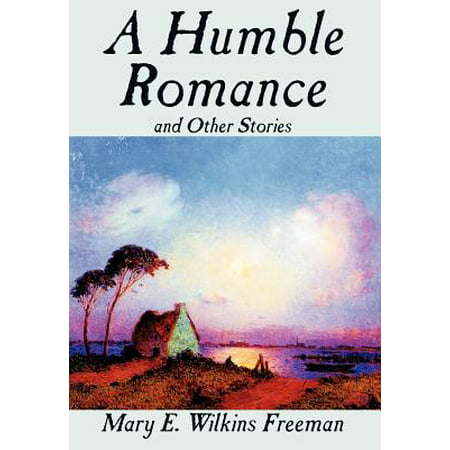If there is a true difference between "local color" and "naturalism/realism" of the late nineteenth century, for me, Freeman's work would be prime example of the reason. "Local color," I suppose, is one way that some have dismissed such work as not as important as the other literature happening at the time. And Freeman's work often doesn't have the aura of importance. Like other writers of the time--including the realists--she often focused on humdrum lives of regular people in very specific locales. In her use of dialogue and in her often slight plots, she fits right in with the realists. Where she doesn't, however, is in the contrived nature of many of her fictions, which usually end on a last-minute happy note, giving them the feel of slick commercial fiction rather than dark or darkly comic philosophy.
The final story, "A Conquest of Humility," in this collection is a prime example of a typical Freeman story in this collection. In most are lonely people who somehow find a happy resolution. In this story, a woman betrothed to a young man is thrown over for another woman. A year goes by, and then the man is thrown over by the woman, and he returns to the original. Obviously, the first woman is a little less interested than before. However, in Freeman's usual style, a final few paragraphs bring the story full circle, and the couple marries. For more of Freeman's stories from this collection, you can check them out here.
Subscribe to:
Post Comments (Atom)







No comments:
Post a Comment